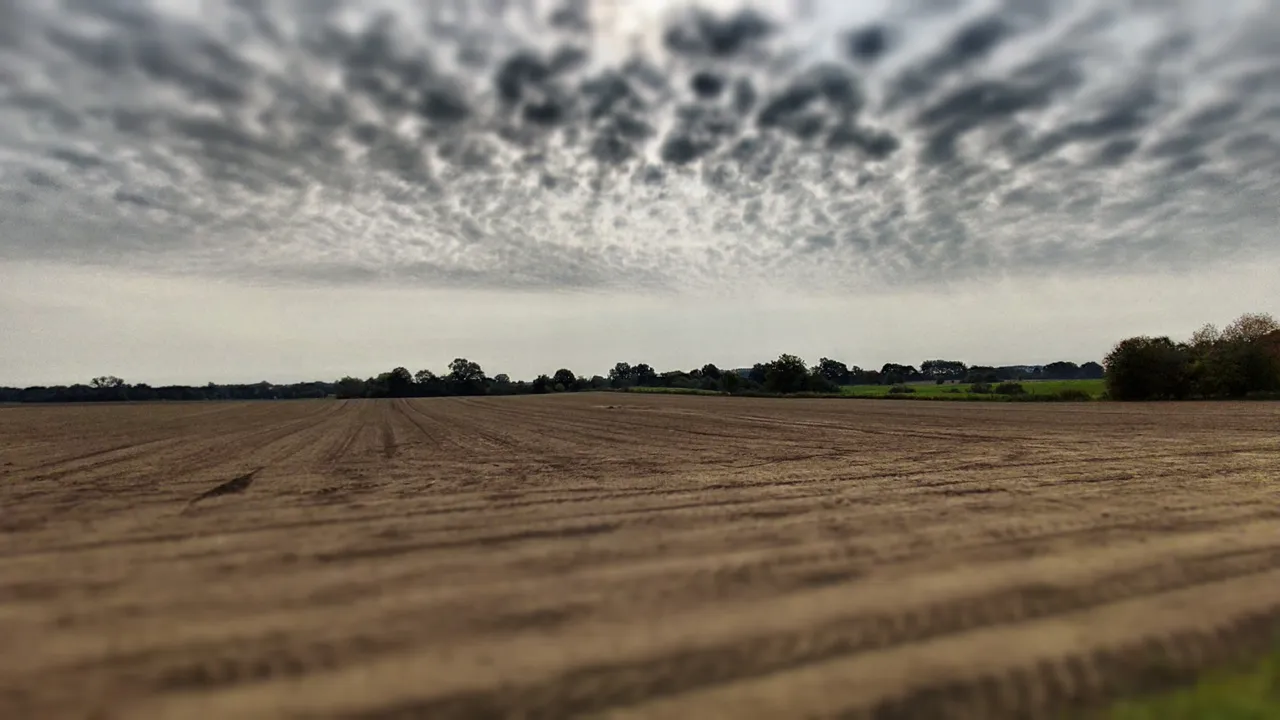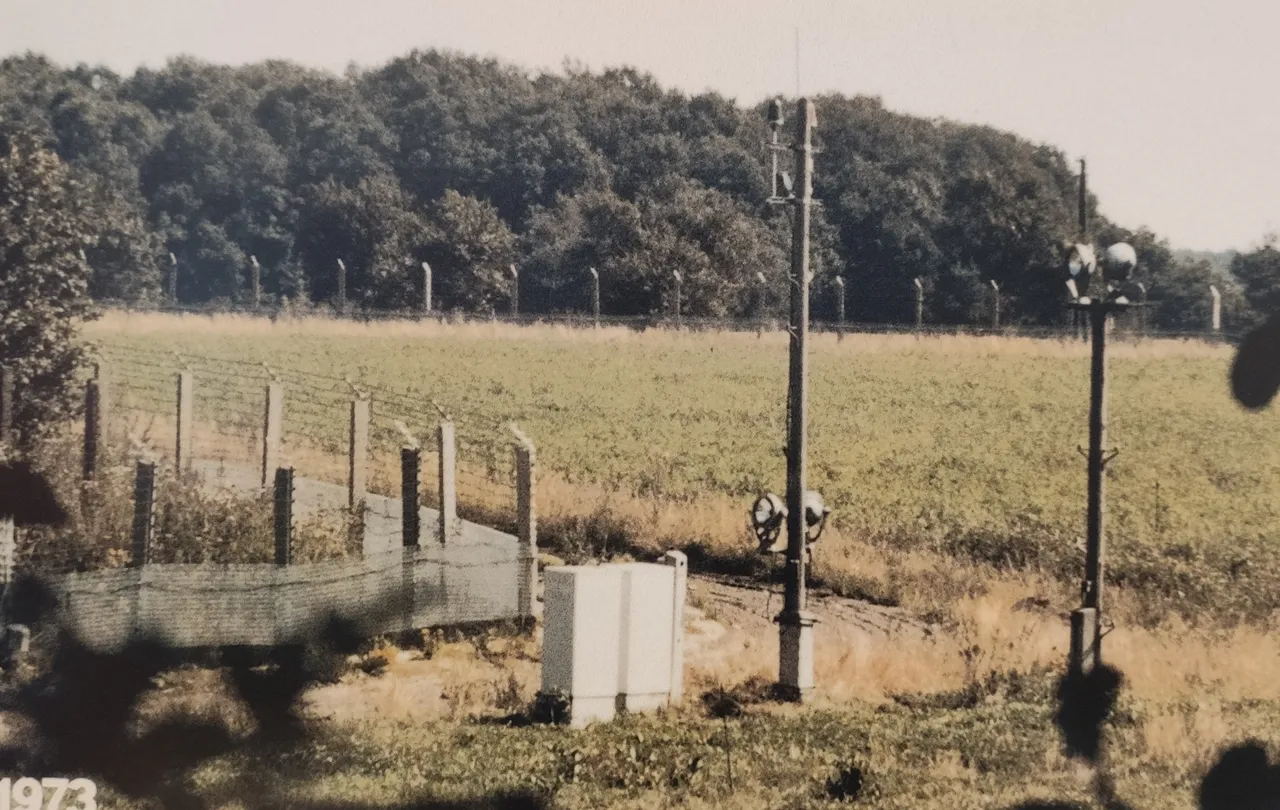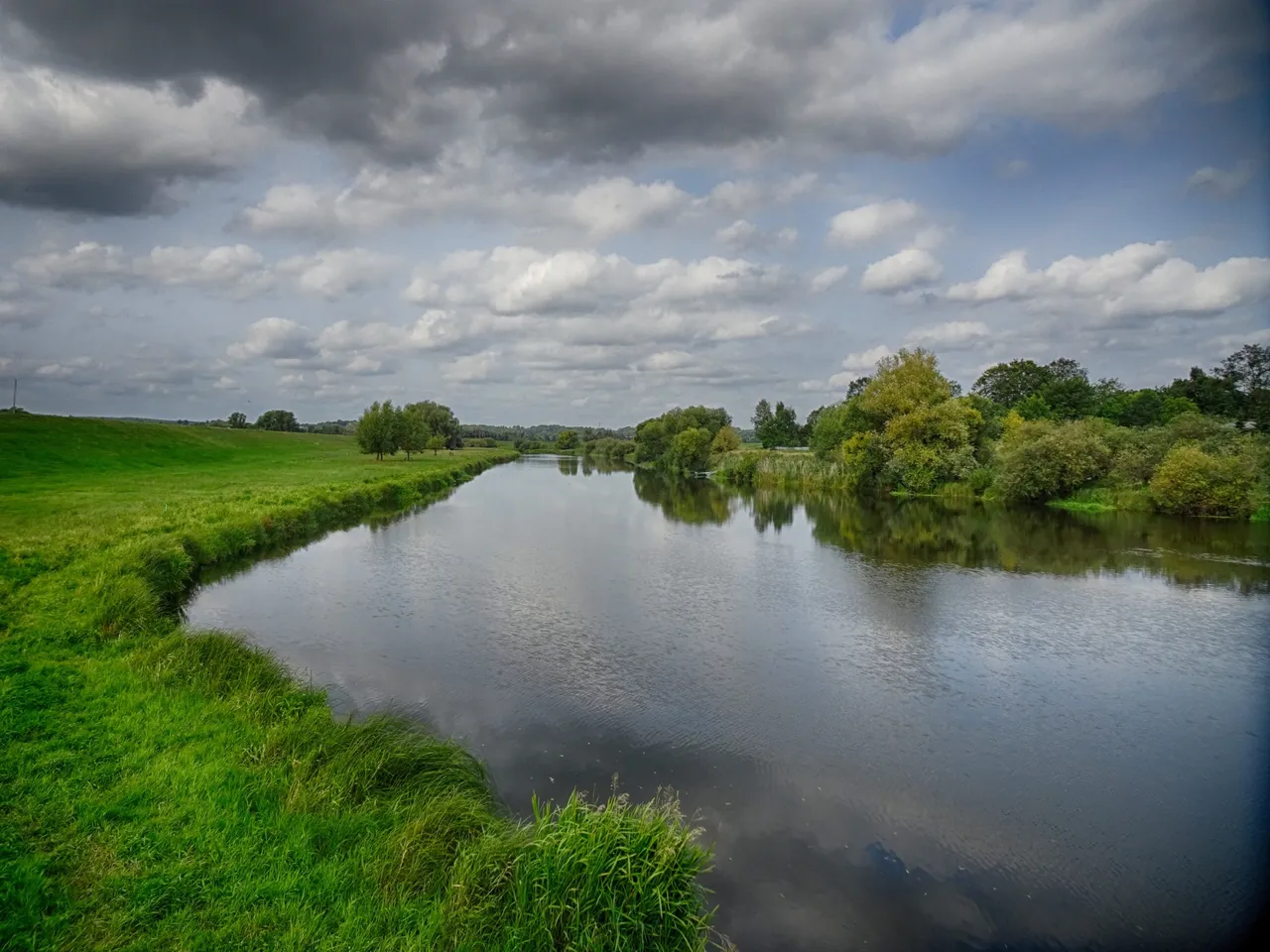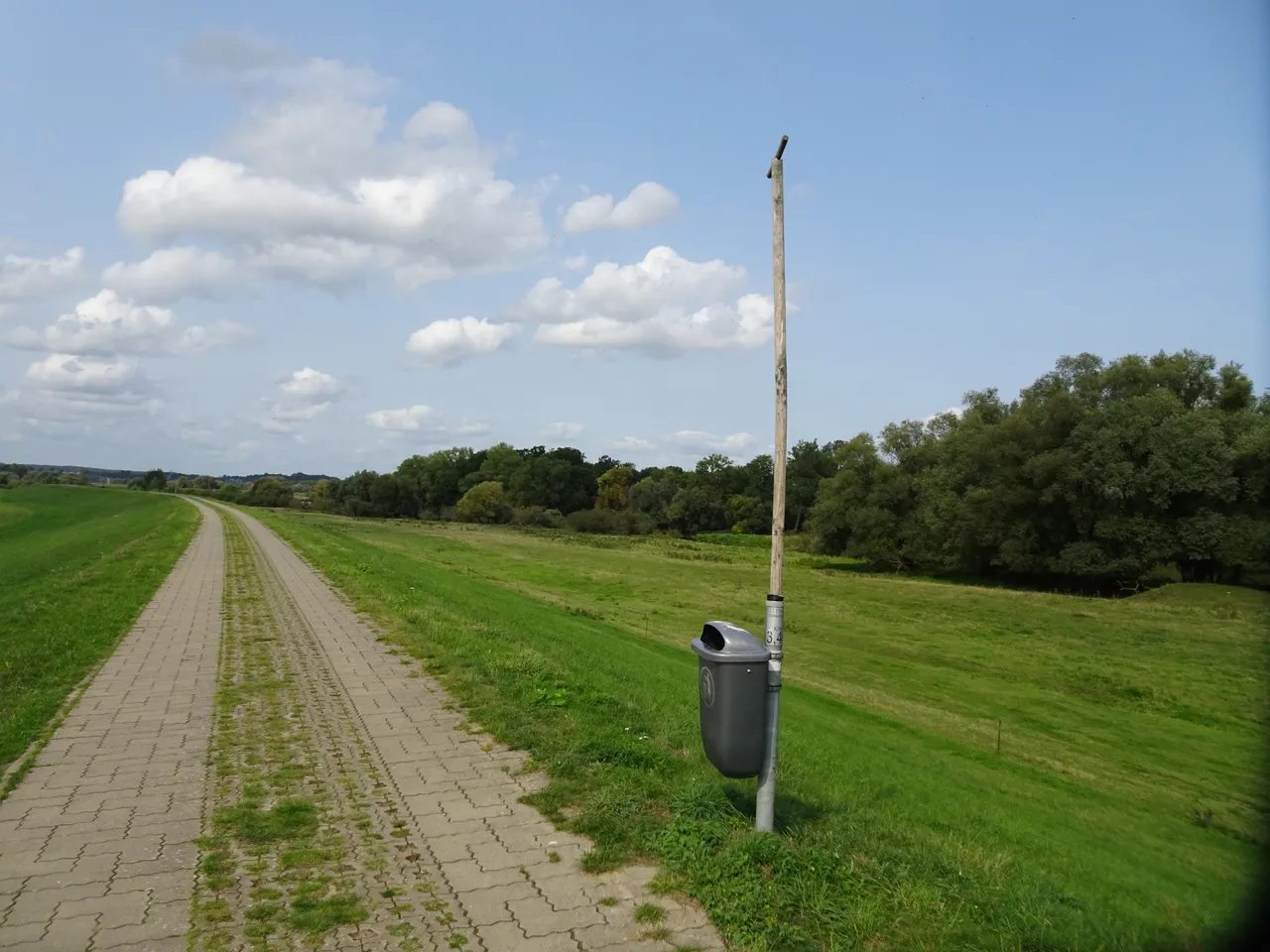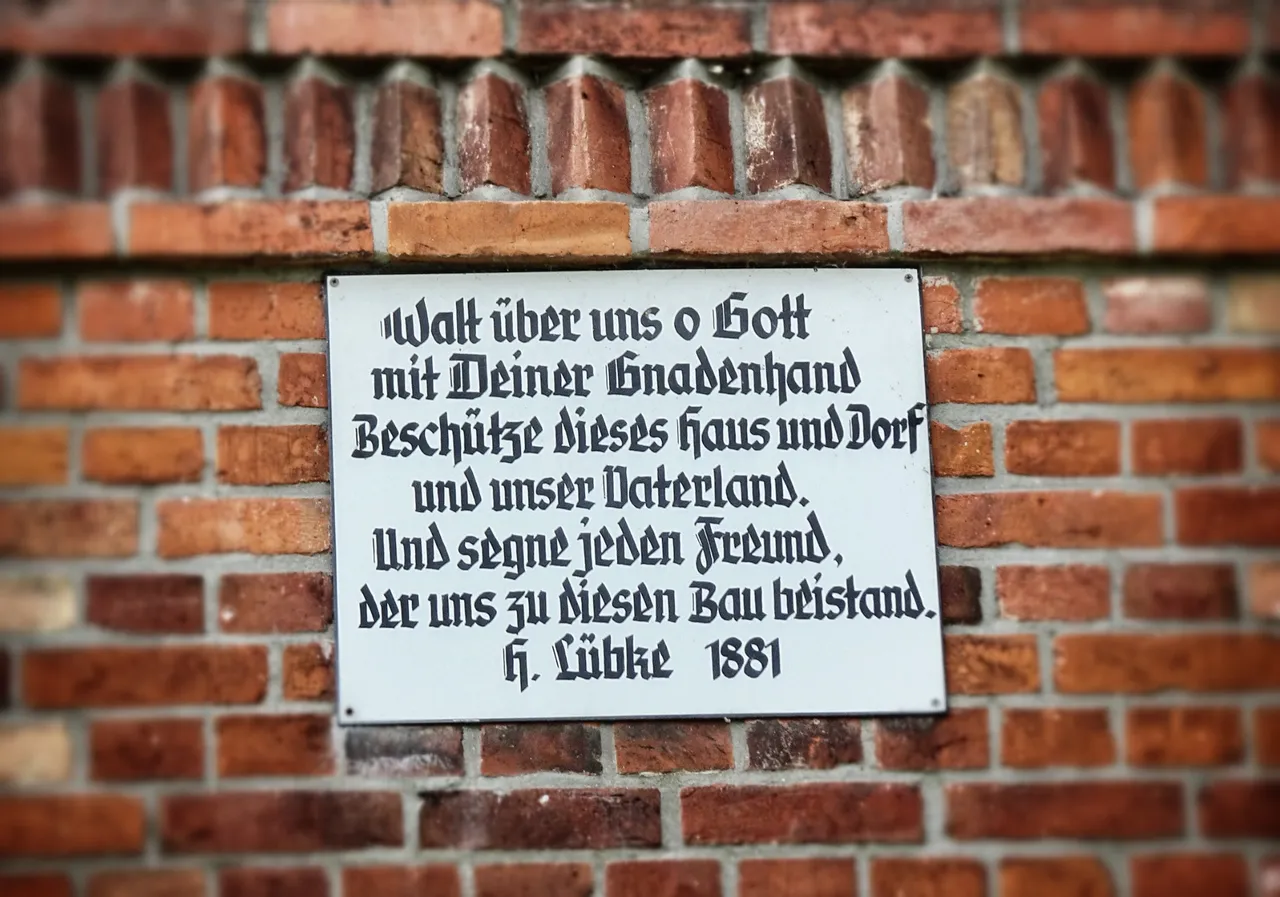
It's 30 years after the german re-unification as we mind a bizarre plan: We're trekking along the Iron Curtain, the former deadly borderline between the East and the West of Germany! There is a hiking way named „Grenzwanderweg“ or „Green Ribbon“. You can hike here along the path on which the east german border guards monitored the „Iron Curtain“ between the socialist world and the west.
The first episode of our hike you can read here.This is the second one and here are third, four,five, six, seven, eight, nine and ten.
I'm happy to present you part 11.
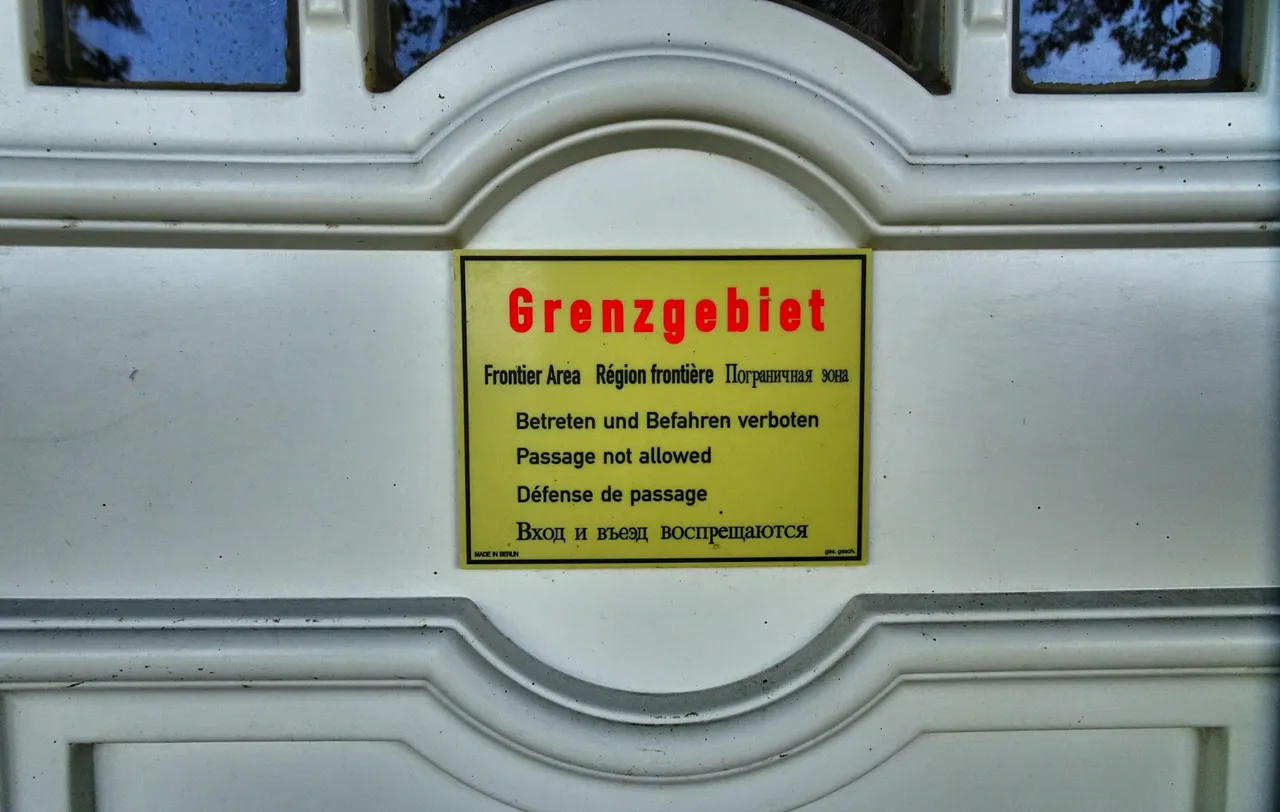
Some things are strange, some other things are bizarre. The last is what we can see as after we entered the narrow path into a garden zone in the small town Boizenburg near the Kolonnenweg along the former Iron Curtain we hike since more than one week. This "Kleingartenanlage" like we germans say has a lot of fences between the private gardens.
Greetings to old acquaintances
And when you walk along the former borderline you will recognise in seconds where the steel fences between the poles does come from: it's the good old chrome-nickel steel from western germany who prevent the eastern germans to storm into the west will never rust.
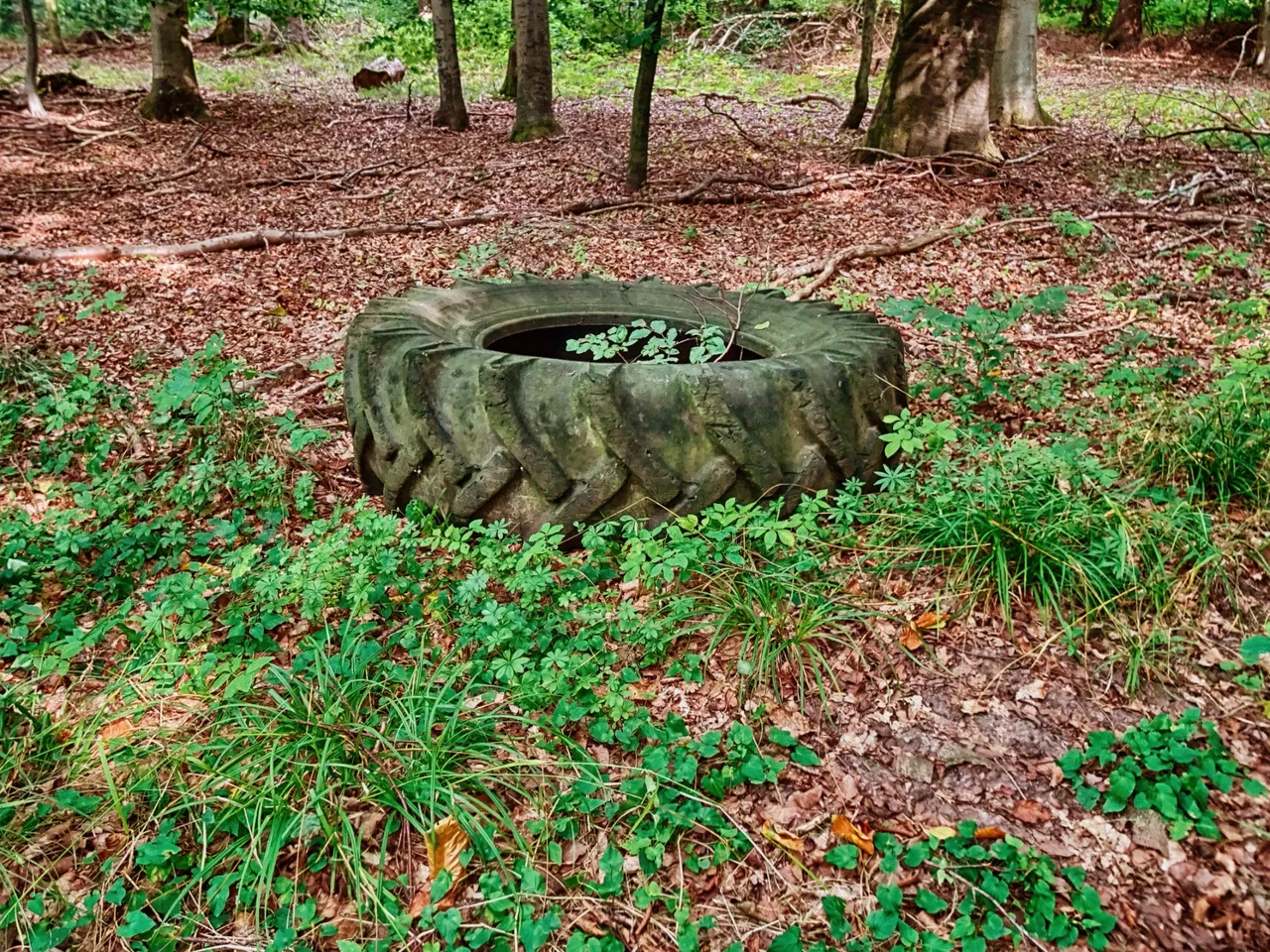
This is the place where rust forever sleeps (thank you, great old Neil Young & belated best wishes to your 75. birthday!). Yes, without any doubt the best fence you can get under the sun, but very expensive, how Jens tells us. For one kilometre fence the east german officials paid 120.000 mark, the whole fence cost them more than 165 million. Millions! For garden fences.

But they fence til today, especialy for the the chicken in this garden area where former shipyard workers spend their many free time since they are all lost their jobs. Boizenburg isn't the town of ancient times of the cold war anymore. All the industry is gone, the shipyards are closed.
A history in ruins
"We built it all with our own hands, but who could know we built on sand, but now it's barren all to soon, there's no miracle in ruin" sings the great gone composer and singer Stuart Adamson (Big Country) about his hometown in Scotland and the same thing was happened here.
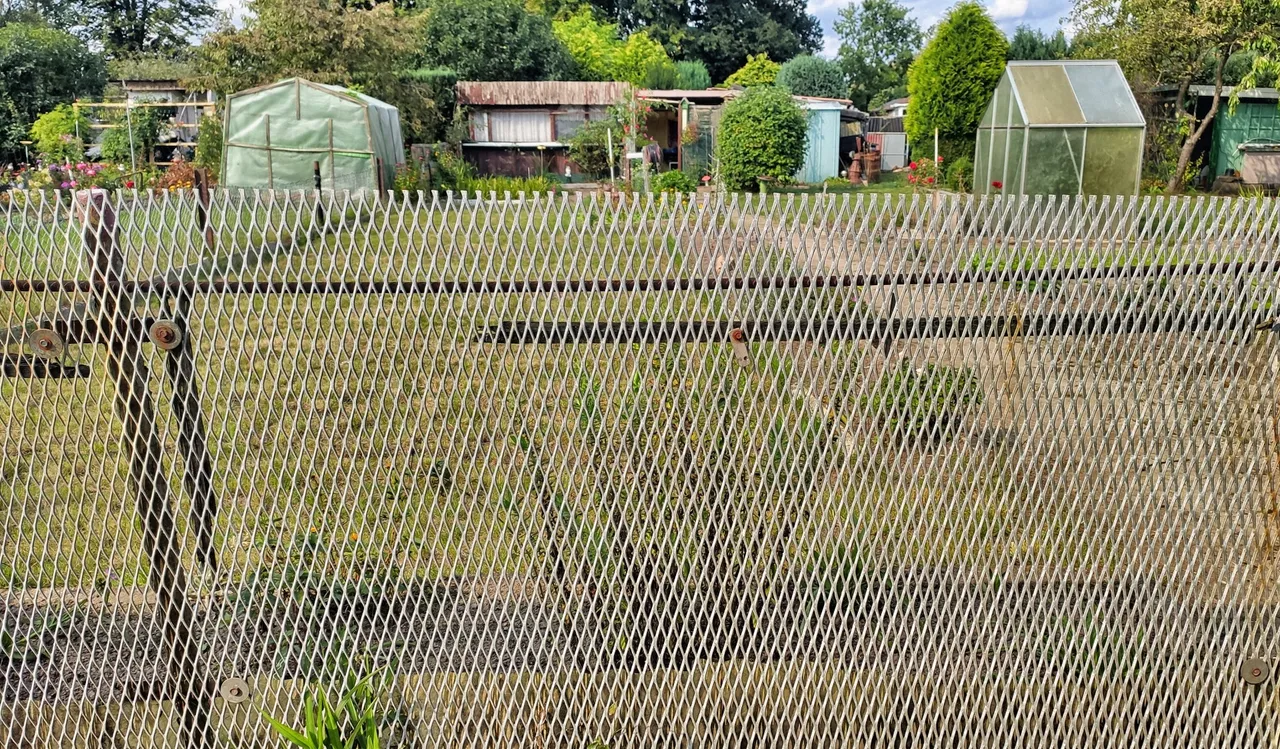
We walk our way to the north and we are thinking about the fate of this town. What's always and ever was growed further since the Elbe Germans emigrated and other tribes settled in the country from the 8th century, shrinks since years. Nowadays apathy has taken over the scene. Old men and old women on the streets, you can see closes shops and factories in ruins under the golden shining sun, which is reflected on the water of the two rivers Elbe and Boize.
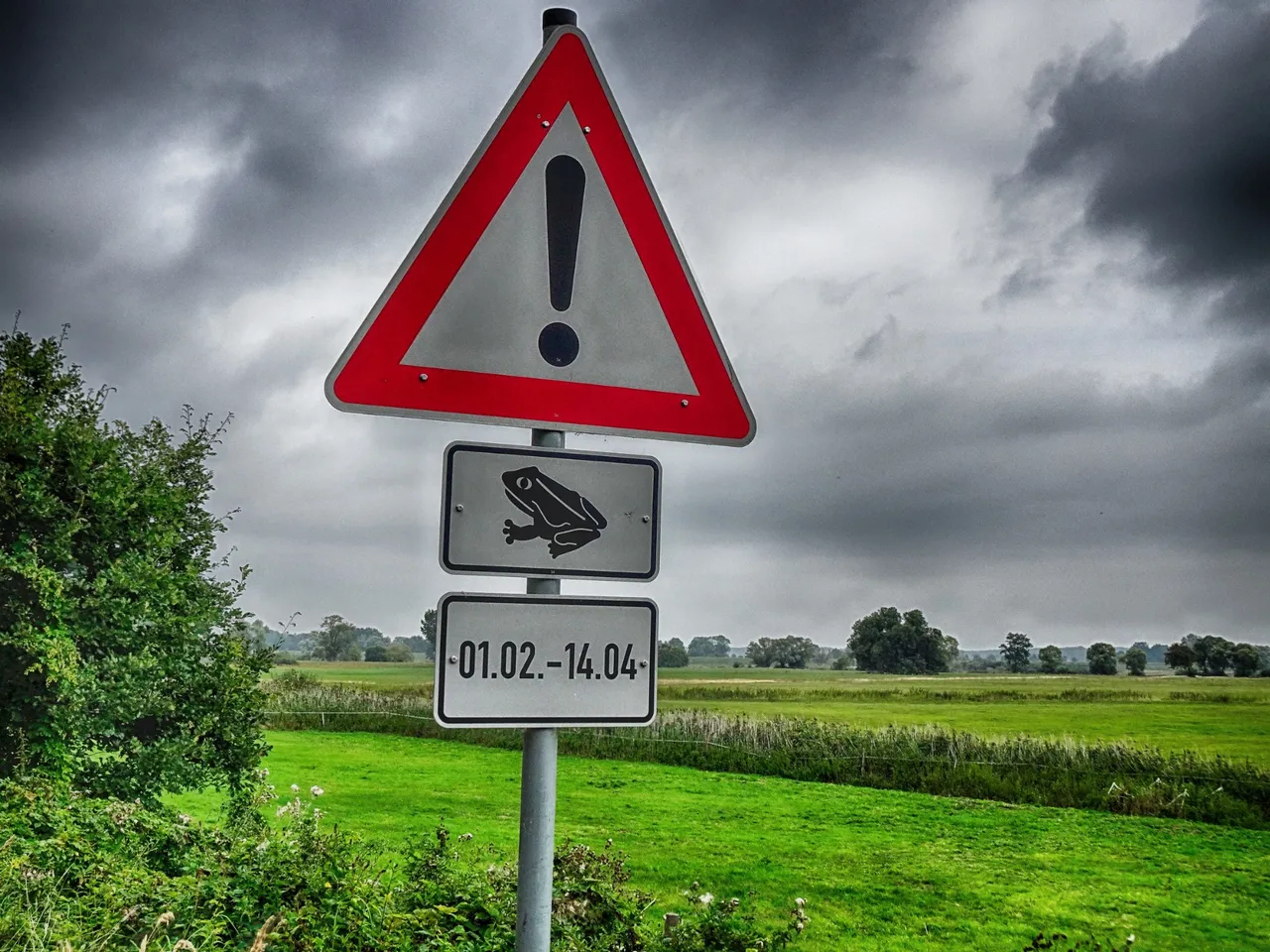
Bitter fate. Until the 1970s Boizenburg was in the direct restricted area along the inner-German border, after 1990 it becomes free again. And 30 years later it has 1000 inhabitants less than in 1950. A rusty time machine where you feel like a time traveller: When we stand beside the street with our big backpacks, the people asks us again and again why we do this.
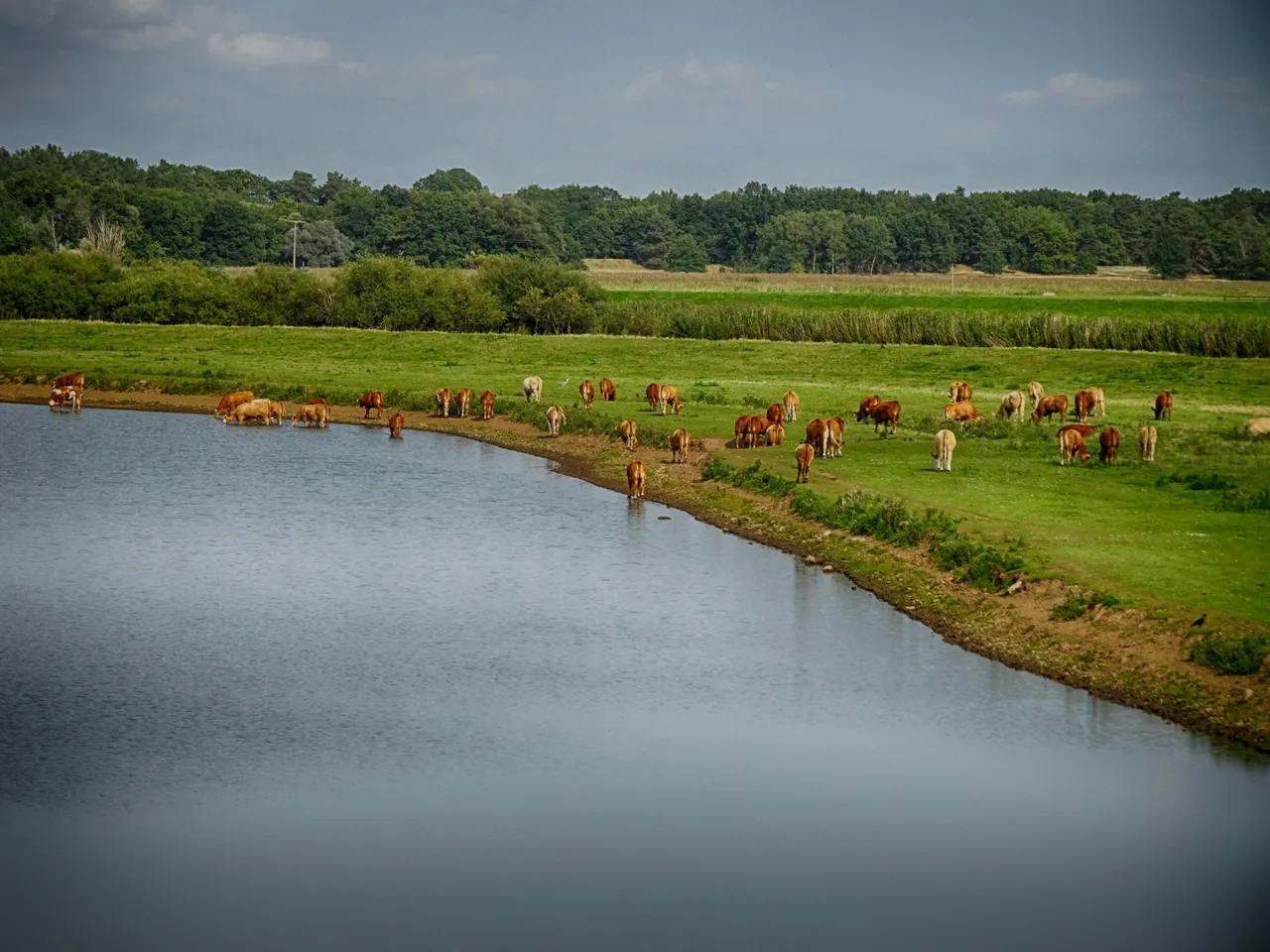
But isn't it better to move than to stay? To stay at a lost place like this? "Could be better" someone say. We say goodbye with great cake at the "Salzbäcker" at the Bahnhofstraße. It's not enough time to visit the one and only Tile Museum and the famous Elbberg-Museum.
We have to go back on the Kolonnenweg now. It's just left 100 kilometres to go to the sunny beaches of the Baltic Sea.
If you like my work and you want to read the following reports from our hike please follow me on Hive, Travelfeed or Steem or visit my homepage koenau.de
A few more pictures for you:
